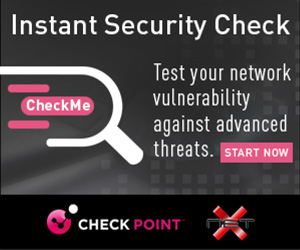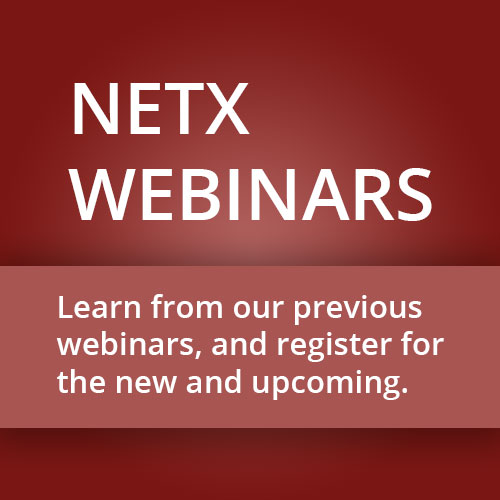
Unlocking the Future: Microsoft's Vision for Passwords and Beyond
Introduction:
In today's digital age, passwords have become the cornerstone of our online security. However, with the increasing sophistication of cyber-attacks, relying solely on passwords is no longer sufficient. Recognizing this urgent need for change, technology giants like Microsoft have taken the lead in advocating for a safer digital landscape by introducing innovative recommendations for the future of passwords.
The Problem with Traditional Passwords:
Traditional passwords are vulnerable to various security threats. Common pitfalls include weak password choices, password reuse, and the risk of data breaches exposing user credentials. These security gaps have made it imperative to explore alternative authentication methods to protect our personal and professional information.
It is important to note, and I quote Nano.com “Credentials and the users who use them remain the weakest link in the enterprise security chain and provide the easiest way for attackers to gain access to systems, devices and data. This “phishing” threat is completely eliminated if there are no passwords aka no knowledge factors to phish.” (Passwordless User Experience (nanowebgroup.com))
Microsoft's Revolutionary Recommendations:
In response to the weaknesses of traditional passwords, Microsoft has spearheaded the development of alternative security measures. Their recommendations seek to improve user experience while enhancing overall security. Let's explore some key recommendations put forth by Microsoft:
1. Passwordless Authentication:
Microsoft advocates for a password-free future, promoting stronger authentication methods. These methods include biometric data such as fingerprint or facial recognition, hardware tokens, and public-private key encryption. By eliminating passwords, users can enjoy a more intuitive and secure login experience.
2. Multi-Factor Authentication (MFA):
Another crucial aspect of Microsoft's recommendations is the implementation of Multi-Factor Authentication (MFA) (get instructions here: Azure Active Directory passwordless sign-in - Microsoft Entra | Microsoft Learn). MFA adds an additional layer of security by requiring users to provide multiple proofs of their identity when logging in. This could include a combination of something the user knows (like a password), something they have (such as a smartphone or hardware token), or something they are (biometric data). By combining these factors, MFA significantly reduces the risk of unauthorized access, even if one factor is compromised.
In a blog post found at www.Varonis.com (Should You Follow Microsoft’s Guidance to Stop Expiring Passwords? (varonis.com)), Michael Buckbee points out this fact.
3. Passwordless Options in Azure Active Directory:
Microsoft's Azure Active Directory (AAD) supports passwordless login options for both internal and external users. This empowers organizations to adopt passwordless authentication methods seamlessly. By leveraging biometric authentication, FIDO2 security keys, or authentication apps like Microsoft Authenticator, users can enjoy more secure and hassle-free access to resources and applications.
4. Eliminating Password Expiration Policies:
Password policy recommendations - Microsoft 365 admin | Microsoft Learn
Microsoft challenges the conventional wisdom of password expiration policies. They argue that forcing users to regularly change their passwords can lead to weaker passwords and increased user frustration. Instead, Microsoft recommends monitoring for signs of compromised accounts and implementing MFA as a more effective security measure.
In an article published by The Federal Trade Commission (www.ftc.gov), Chief Technologist, Lorrie Cranor discusses her research on this topic. Time to rethink mandatory password changes | Federal Trade Commission (ftc.gov)
The Benefits and Future Impact:
By embracing Microsoft's recommendations for the future of passwords, organizations and individuals can reap numerous benefits. Here are a few key advantages as summarized by Gartner (Embrace A Passwordless Approach To Improve Security (gartner.com)) and Deepak Gupta at Entrepreneur.com (Embrace A Passwordless Approach To Improve Security (gartner.com)):
1. Enhanced Security:
Passwordless authentication and MFA significantly strengthen security measures by eliminating the dependency on easily compromised passwords. Biometric data and hardware tokens provide a higher level of assurance, making it harder for attackers to gain unauthorized access.
2. Improved User Experience:
Passwordless authentication methods offer a more intuitive, frictionless login experience. Users no longer need to remember complex passwords or go through the hassle of frequent password changes. This not only increases convenience but also reduces the likelihood of users resorting to insecure practices like password reuse.
3. Simplified IT Management:
By implementing passwordless options and MFA, organizations can streamline their IT management processes. Reduced password-related issues, such as resets and account lockouts, alleviate the burden on IT administrators, allowing them to focus on more strategic initiatives.
Looking ahead, the future of passwords will likely involve a gradual shift towards passwordless authentication and the wider adoption of MFA across various platforms. Microsoft's recommendations are not only transforming the way we secure our digital identities but are also influencing other technology companies and organizations to follow suit.
Conclusion
The current landscape demands a fresh approach to password security. Microsoft's innovative recommendations offer a solid foundation for a more secure and user-friendly future. Embracing passwordless authentication, implementing MFA, and reevaluating traditional password practices can contribute to a significant reduction in data breaches and unauthorized access.
However, it is important to recognize that the transition to a passwordless future may not happen overnight. There will be challenges to overcome, such as the need for widespread adoption of new technologies and ensuring compatibility across different systems and devices. Additionally, educating users and organizations about the benefits and best practices of passwordless authentication will be crucial.
As we move towards a passwordless society, collaboration between technology companies, security experts, and industry stakeholders becomes imperative. Working together, we can redefine the way we protect our digital identities and secure sensitive information. By adopting Microsoft's recommendations and staying updated on advancements in authentication technologies, we can pave the way for a safer digital world.











